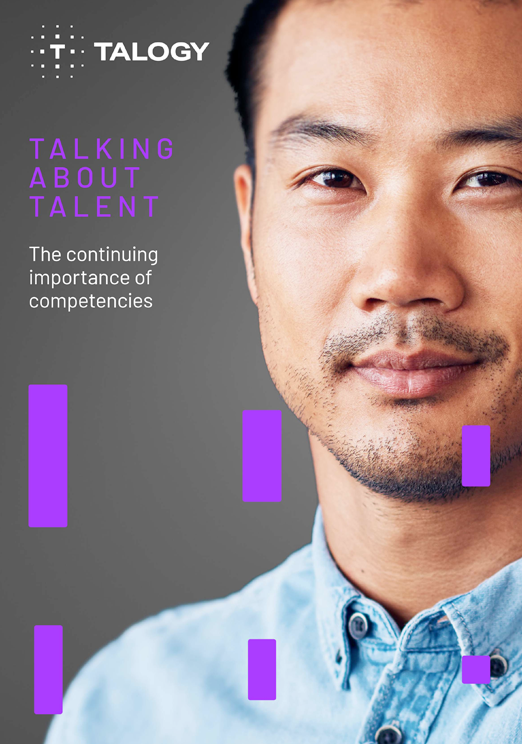It’s safe to imagine that if he were with us today, Caliper’s founder, Herb Greenberg, would have a strong opinion on the staggering number of people stuck in underemployment purgatory.
Underemployment, the official term for when earnest job seekers have to settle for part-time or seasonal employment rather than full-time work, is now a global phenomenon. Yet, it occurs primarily in the shadows, mostly because the underemployed do not factor into official unemployment figures, which masks the problem altogether. Simply put: While unemployment hovers at around 4.3 percent nationwide (Yay, progress!), you’d need to double that percentage to get a conservative estimate of underemployment (Umm…boo?).
With growing numbers of people unable to find jobs that offer enough hours, the kneejerk reaction is to cite the dreaded “skills gap” as the culprit. If job seekers merely had the requisite training, they would emerge as legitimate candidates, many argue.
However, in a recent NPR article discussing the conundrum that finds American job-seekers somehow unfit for roughly six million available jobs, Andrew Chamberlain, chief economist for the job site Glassdoor, threw a metaphorical flag on the play. He says that while a skills gap may exist for those looking to enter C-suite positions in the healthcare and technology field, “for the most part, it doesn’t look like there is a skills gap. That is not the main reason why there are many job openings.”
Later, he goes on to talk about the real impediment to popping the underemployment bubble: businesses’ hiring policies.
To that point, Peter Cappelli, a professor at the Wharton School of the University of Pennsylvania, says in the piece that companies are “asking for the moon, and not expecting to pay very much for it.”
While we can’t ask hiring managers to fix a systemic problem in one fell swoop, we can begin to reimagine who makes a strong job candidate.
This is precisely what Caliper’s founder, the late Dr. Greenberg, was trying to do when establishing the business. Despite the rigor of the science calibrating his brainchild, the idea behind Caliper was quite simple: assess one’s personality and relate it to job performance – a fresh way of looking at one’s workplace potential.
Doing so allows Human Resources personnel to sidestep many outdated, unscientific practices surrounding hiring, some of which may serve to unintentionally perpetuate the cycle of underemployment.
Finding out how a person is hardwired and what motivates her, through the use of a personality assessment, is more viable than making a decision based purely on one’s job history and acquired knowledge.
Dr. Greenberg’s oft-quoted line seems appropriate here: “You can always teach skills, but you can’t train attitude.”
While it’s great that an applicant for a Data Management position knows Excel, if she does not have the task focus and detail orientation to avoid distraction and crunch numbers on a daily basis, she will be constantly fighting against her natural tendencies, Microsoft expertise be darned.
Even when using a personality assessment, you might still notice a knowledge gap when bringing talent on board. But once you understand what makes new employees tick, you will know how to customize coaching in a manner that best aligns with an individual’s learning style.
Not only that, now you can:
- Add precision to your hiring process through the utilization of a valid psychometric assessment
- Determine the building blocks for success in established roles
- Avoid incurring the cost of a bad hire
- Find previously overlooked job candidates who have the potential to excel
The key is recognizing that personality predicts performance to a greater degree than one’s job history or the number of software applications mastered.
Many who survived the Great Recession didn’t lose their jobs, but they had their hours cut. Some found themselves underemployed because they graduated college and entered the workforce without sufficient real-world experience; others became young parents and sought flexible hours to raise a family in the “Gig Economy.”
By and large, the very fact that the underemployed manage to cobble together a patchwork of projects and “side hustles” should show employers that this group not only wants to work, but has developed a knack for persistence.
And we have just the tool to measure that!

